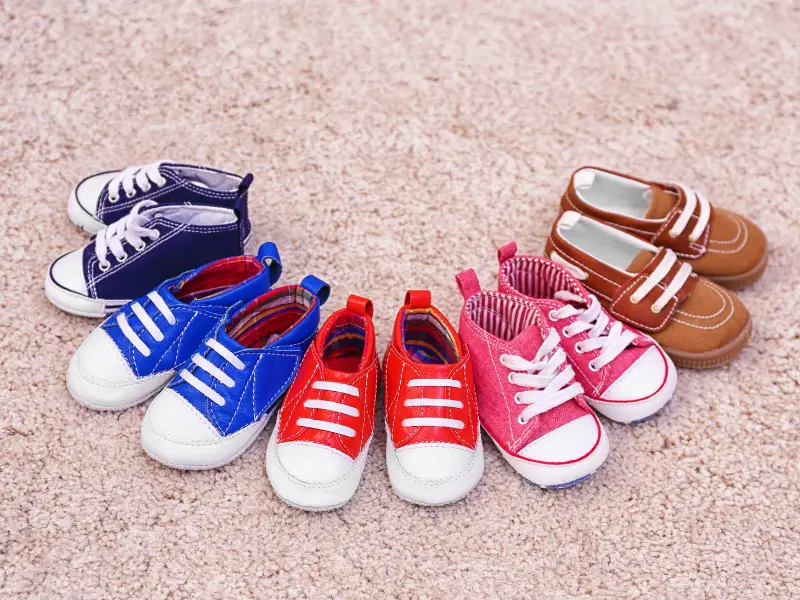How this guide works
Tasks: This is a list of the smaller steps involved in the activity. It breaks down the activity into more manageable parts.
Prompts: These are specific verbal or physical cues given by the caregiver to the child to initiate, guide, or reinforce the desired behavior.
Simple Prompts: This is a simplified version of the prompts.
Positive Reinforcers: This is a list of rewards or incentives used to encourage and reinforce the child’s positive behavior during the activity.
Strategies: These are general approaches or techniques used to achieve the desired outcome.
Checklist: This is a list of tasks or items to check off before, during, and after the activity.
Sensory: This is a list of any potential sensory issues that may arise during the activity that may be overwhelming for the child.
PECS: This stands for Picture Exchange Communication System and is a tool used to aid communication between a child with autism and their caregiver. In this case, we suggest using PECS images that focus on the specific actions involved in the activity.
Tasks:
- Gather shoes and sit down in a comfortable and quiet location.
- Place shoes and ask the child to identify the right and left shoes.
- Take one shoe and show the child how to cross the laces and pull them tight.
- Form a loop with one lace and hold it with one hand.
- With the other hand, form a loop with the other lace.
- Cross the loops and tuck one under the other.
- Pull the loops to tighten the knot.
- Repeat on the other shoe.
Prompts:
- “Can you show me which shoe goes on your right foot?”
- “Let’s make the first loop with this lace.”
- “Now let’s make a loop with the other lace.”
- “Cross the loops over each other like this.”
- “Tuck one loop under the other like this.”
- “Pull the loops tight to make a knot.”
Simple Prompts:
- “Right shoe.”
- “Left shoe.”
- “Make a loop.”
- “Cross loops.”
- “Tuck “
- “Pull”
Positive Reinforcers:
- Praise for completing each step correctly.
- A sticker or small reward for completing both shoes.
Strategies:
- Break the task down into smaller steps and go through them slowly.
- Use a shoe tying play board to help the child learn the steps in a tactile way.
- Practice shoe tying during non-stressful times, such as during playtime, so the child can become more comfortable and confident with the task.
Checklist:
- Gather shoes and find a comfortable and quiet location.
- Use a shoe tying board if available.
- Encourage the child to identify which shoe goes on which foot.
- Take the time to show the child each step slowly and carefully.
- Praise and reward the child for completing the task.
Sensory: There are no significant sensory issues involved with shoe tying.
PECS:
- Picture of shoes
- Picture of making a loop
- Picture of crossing the loops
- Picture of tucking one loop under the other
- Picture of pulling the loops tight



